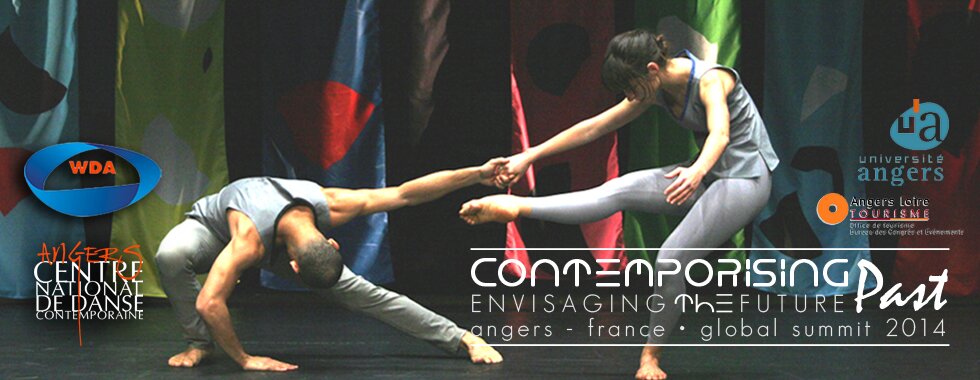| Modernity in Dance: Appearance, Projection, Legacy |
| Moved to Move: Conceptualising dancers as a transnational community and ‘creative class’ migrants |
| Moving mnemes |
| Moving sites: Questioning and interrogating site-specific dance performance |
| Moving with times and making it present: the tactical bodies of Taiwanese contemporary dance companies |
| Multidisciplinary dancer, performance profile |
| Murmurs of innocence |
| New Dance Audiences |
| Occupying the body and space in the choreography of Marjana Krajac |
| On View: Rendering Embodied Knowledge to Screen |
| On-Line Tap Dance Class |
| Peace moves: Dance, identity and peace building |
| Peak bodies managing in changing environments |
| Pedagogical transformations: Integrating contemporary dance and yoga in the dance studio |
| Peer review in dance classes using personal video feedback |
| Physical Manifestations of Assent: Power, Gender and Response |
| Playing past and future: Knowledge as revealed by artist and scholar |
| Post-national Collectivities of South Korea in Dancing Bodies: Embodiments of Korean Traditional Mask Dance “T’alch’um” from the 1960s–1980s |
| Post-privacy in performance: the new transparency |
| Practicing Dance Partnerships in Canada: University, Non-Profit and Research Council Collaboration |
| Preserving Canadian contemporary dance: A case study |
| Re-claiming Cabelo Seco through dance |
| Re-conceiving Laban as a Social Democratic Lens |
| Re-Imagining Planning: Creative arts as a catalyst for revitalisation of industrial areas in Delhi (India) |
| Re-viewing Tagore: Gender, spectatorship and performance |
| Recent Research Trends and Future Outlooks in Dance Education in Japan |
| Rehearsal directing in an educational context |
| Remembering through the body: The case of the Vietnam Veterans Memorial |
| Rituals of time and memory: A study on the Legend Lin Dance Theatre’s ‘Heaven, Earth and Humans Trilogy’ |
| Rumbera Re-imagined |
